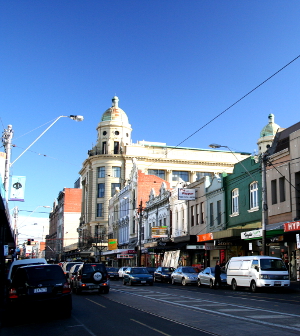Inequality study shows gaps in city life
 Figures show people living in low socioeconomic areas in Australian capital cities are almost twice as likely to die prematurely and almost five times more likely to be receiving unemployment benefits than people living in the most advantaged area.
Figures show people living in low socioeconomic areas in Australian capital cities are almost twice as likely to die prematurely and almost five times more likely to be receiving unemployment benefits than people living in the most advantaged area.
A new study from the University of Adelaide demonstrates how the inequality gap (the difference between Australia’s most advantaged and disadvantaged) has reduced or increased for various health and social outcomes.
“Overall, the data indicates that access to health services, education and employment is improving over time for both advantaged and disadvantaged Australians; however, for some health and social outcomes, the gap between the advantaged and disadvantaged is widening,” said Associate Professor John Glover.
“Deaths before 75 years of age have almost halved for the well-off but there has been far less improvement for people living in the most disadvantaged areas.
“The result is that there are now 80 per cent more of these premature deaths in the most disadvantaged areas, up from 52 per cent more than 25 years ago.
“This data resource is simple to use and includes national, state, regional and metropolitan statistics. It is vital for indicating where services should be directed,” he said.
Associate Professor Glover says there is also a considerable gap between the unemployment rate and level of education between the rich and the poor.
“Approximately 75 per cent of 16 year olds are in full time secondary education in the most disadvantaged areas compared to almost 90 per cent in the most advantaged areas,” Associate Professor John Glover said.
“Some 9 per cent of people in the most disadvantaged areas are receiving unemployment benefits, compared to 1.8 per cent of those in advantaged areas; and almost 25 per cent of people living in disadvantaged areas don’t have access to the Internet at home, compared to 11 per cent of the well-off.”
“Some basic needs like education and employment, along with things many of us take for granted, like the Internet, are much harder to come by for people living in the most disadvantaged parts of our capital cities,” he says.
The ongoing work of the Inequality Graphs: Times Series is accessible here.








 Print
Print